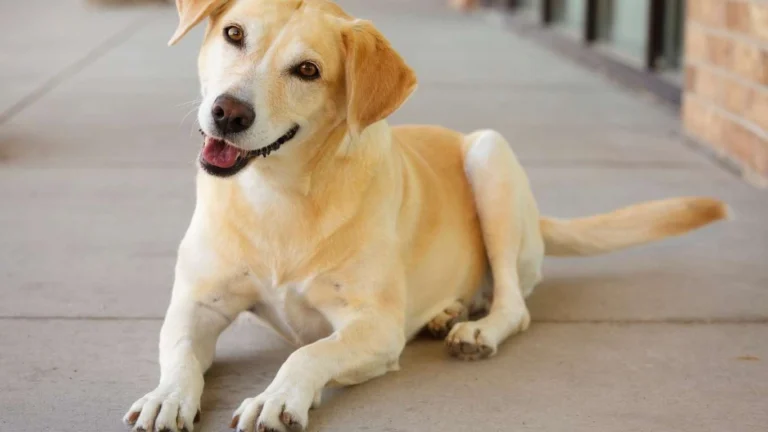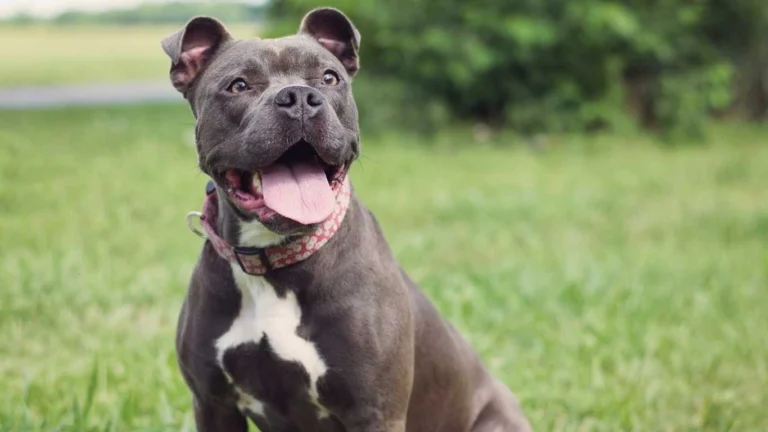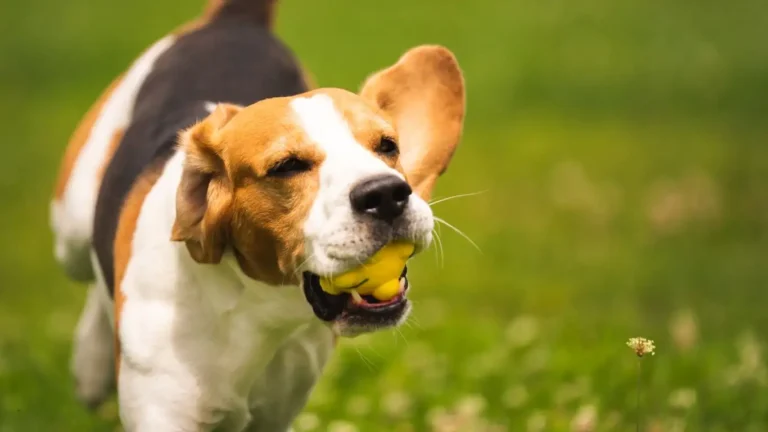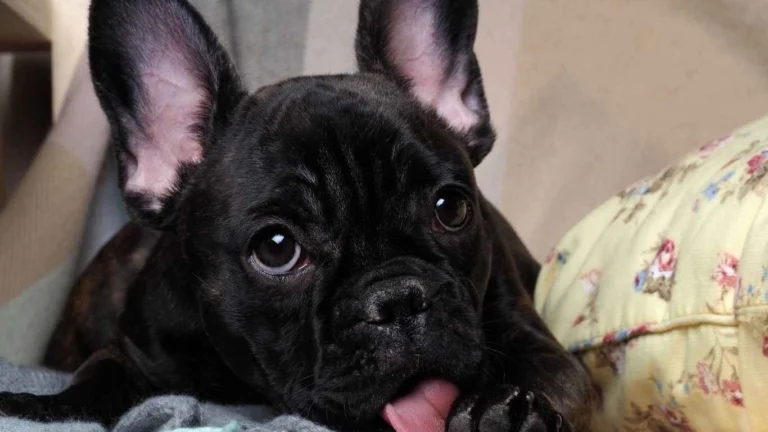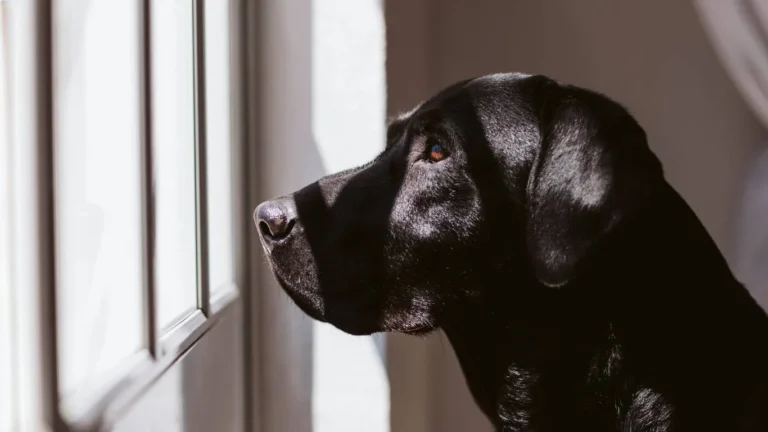Ultimate Guide on How to Desensitize Your Dog to Grooming Tools Stress-Free
Let’s be real—if you’ve ever tried to groom your dog and ended up with more fur on your clothes than in the brush, you’re not alone. As a Veterinary Technician/Nurse who specializes in nutrition, I’ve had plenty of hands-on experience with squirmy pups and skeptical seniors who eye grooming tools like they’re torture devices. So if you’ve been wondering how to desensitize your dog to grooming tools, you’re in the right place. Trust me, it’s not just about the tools—it’s about trust, patience, and a few sneaky tricks to make the whole process way less stressful (for both of you).
Why Grooming Tools Freak Dogs Out
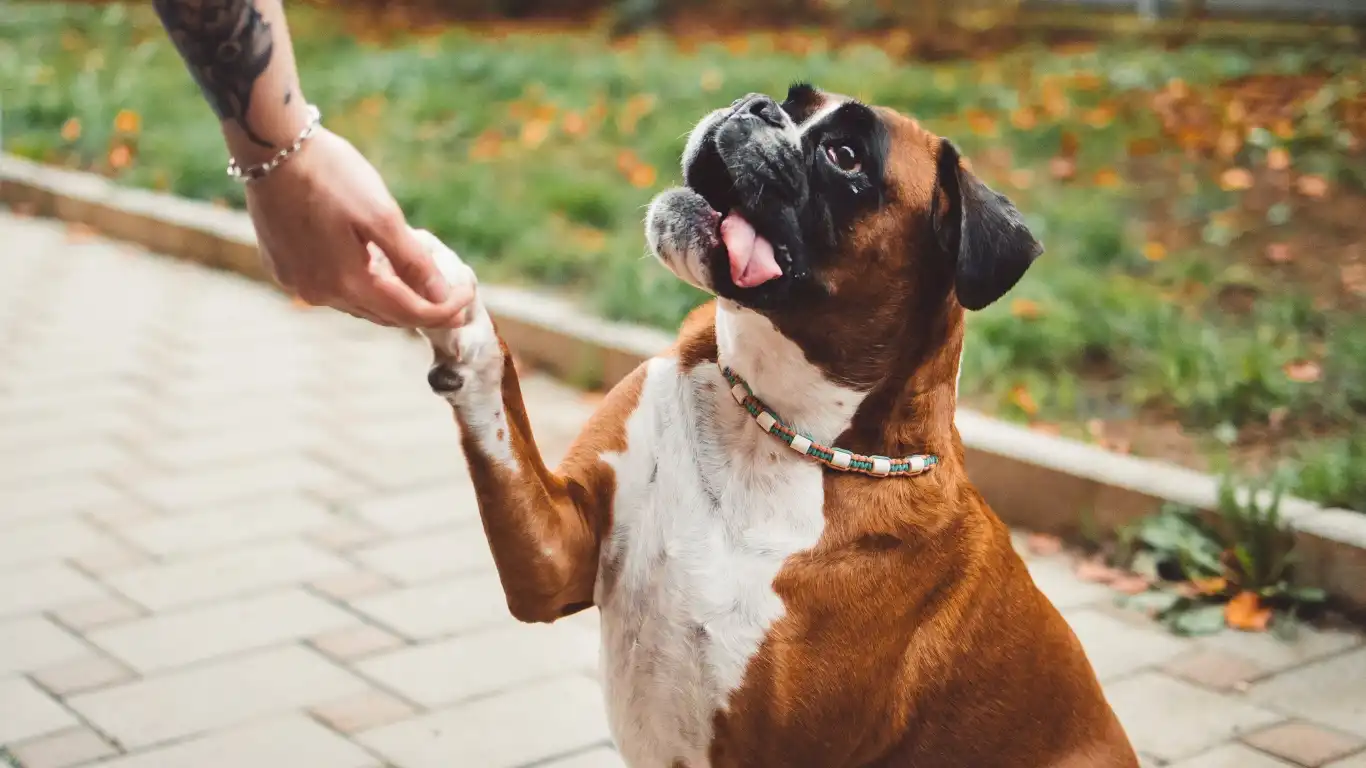
Dogs are intuitive creatures. The second they sense something unfamiliar—or worse, associate it with a past bad experience—they’re out. Clippers buzz, brushes tug, and nail trimmers click like they’re out to get them. I’ve seen the most food-motivated Labradors sprint for the hills when the grooming caddy comes out.
But here’s the kicker: most of the time, it’s not the tool itself—it’s the way it’s introduced. Dogs aren’t born fearing brushes. They learn to fear them when grooming is rushed, forced, or inconsistent. So, the first step? Let’s stop thinking of grooming as a chore and start treating it like a bonding session. Because it absolutely can be.
Understanding Your Dog’s Sensitivity
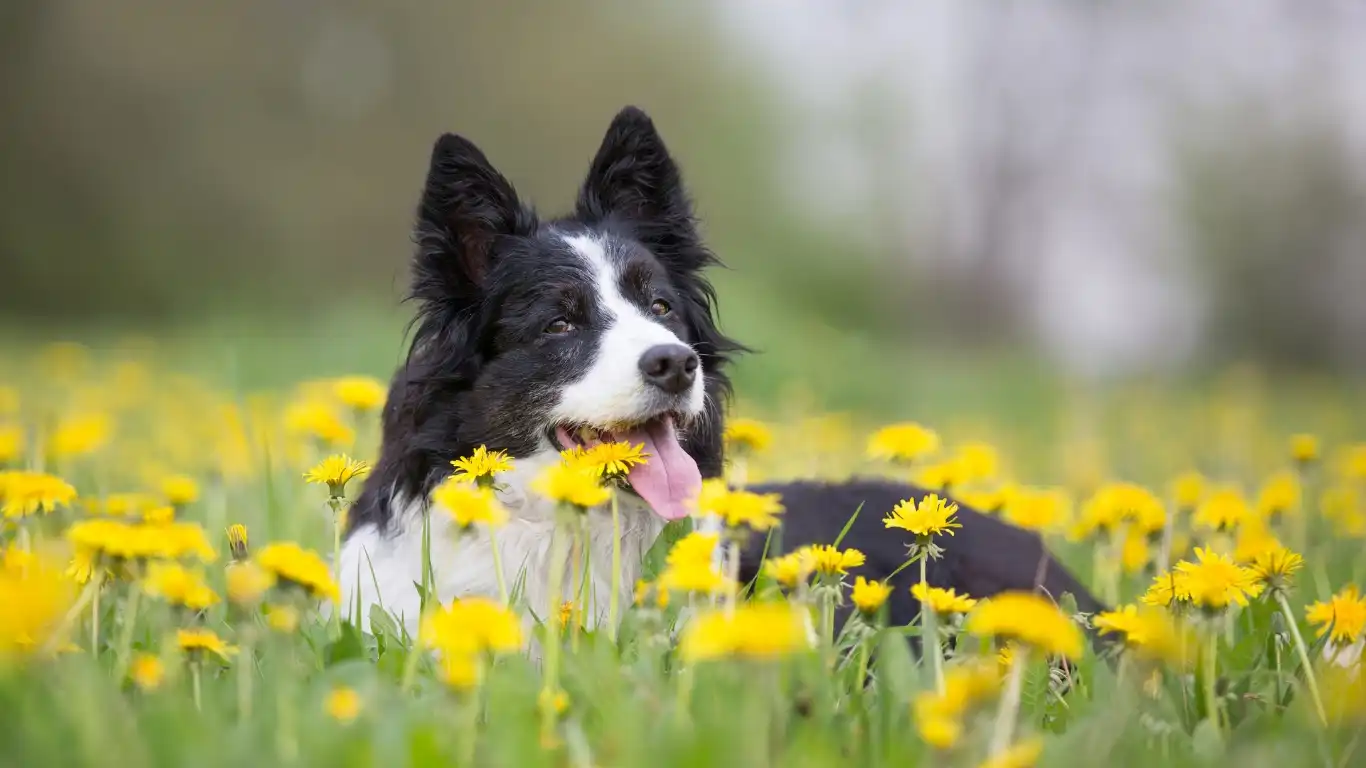
Body Awareness Matters
Dogs have different tolerance levels based on their past experiences, breed, and even health conditions. For example, I once worked with a Shih Tzu who had chronic skin allergies—grooming was more of a delicate medical procedure than a beauty session. And if you’ve got a rescue dog, there could be emotional triggers tied to handling. Knowing your dog’s boundaries is step one in building trust.
Start With Observation
Before you even pick up the brush, take some time to observe. Where do they flinch? What areas do they lean into when you pet them? Dogs communicate with body language, so tune in. If they pull away when you touch their paws or tail, don’t jump straight into trimming. Respecting their comfort zones builds confidence over time.
Setting the Scene for Grooming Success
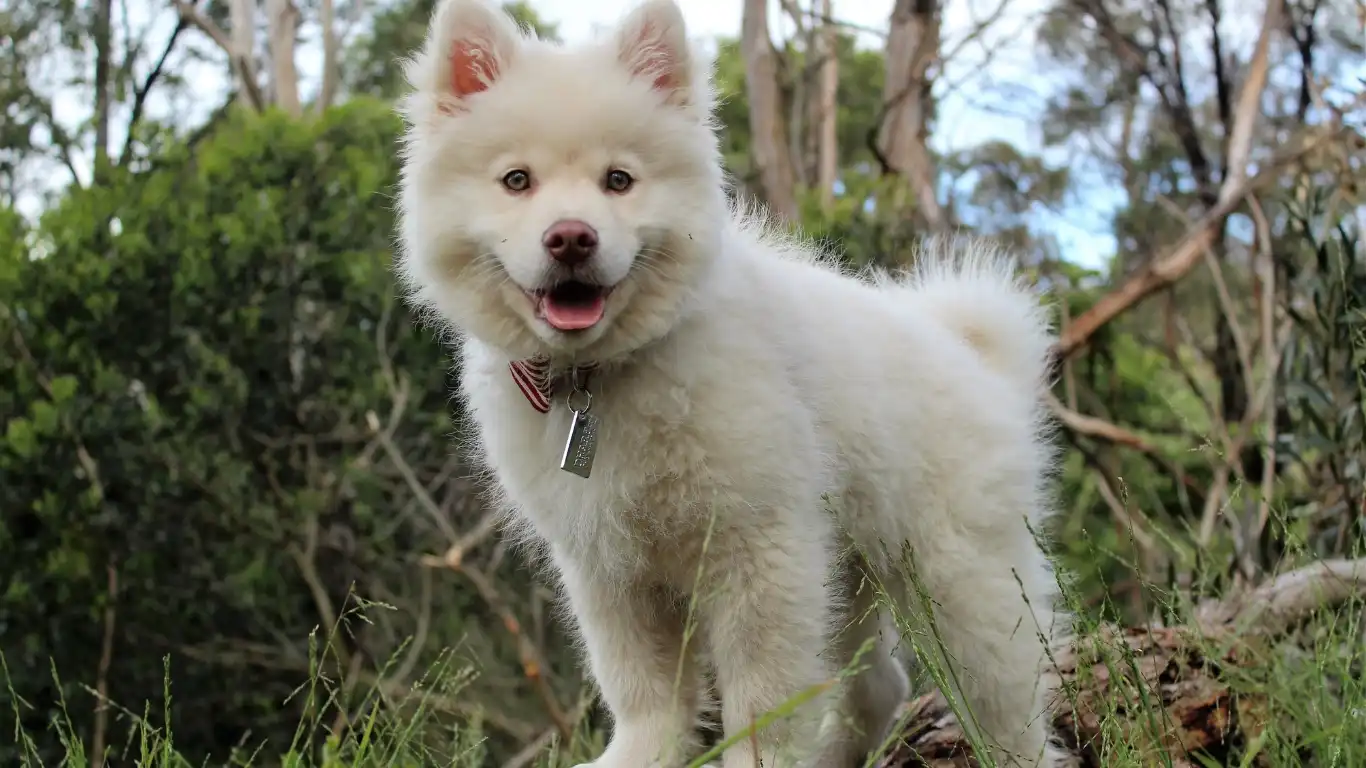
Environment Is Everything
Imagine someone trying to give you a haircut in the middle of a chaotic, noisy room. That’s what grooming can feel like to your dog if the environment isn’t right. Set the tone with a quiet space, some background music (yes, dog-calming playlists are a thing), and a non-slip mat. I always suggest keeping the grooming station consistent, so your dog associates that specific area with calm vibes and tasty treats.
Use the Tools as Toys (Seriously)
This one’s a game-changer. Let your dog sniff the brush, lick the clippers (turned off, of course), and explore everything at their own pace. I often smear a bit of peanut butter (the xylitol-free kind) on the handle of a brush during first intros. Associating tools with something positive makes a huge difference.
- Let them see and sniff each tool before use.
- Pair the sight of the tool with a treat every single time.
- Use praise generously when they stay calm or curious.
One of my own dogs, a rescue Pit mix named Charlie, used to bolt the second the nail grinder came out. Over a few weeks, I turned it into a game—he got a treat every time I turned it on without using it. Eventually, the sound alone was no longer scary, and now? He practically offers up his paw before I even ask.
Patience Is More Than a Virtue—It’s a Strategy
Go Slow, Celebrate Progress
If you try to go from zero to full groom in one session, you’re setting both of you up for failure. I’m a big fan of micro-sessions—just a minute or two to start, especially if your dog is nervous. End each session on a good note, even if all you did was let them sniff the comb. It’s not about how much you get done in one go, but how consistently and positively you build up their confidence.
- Start with just handling—touch paws, ears, tail.
- Introduce tools one at a time.
- Gradually increase time and complexity (from brushing to trimming).
Remember, desensitization is a process, not a quick fix. With time, patience, and lots of love, your dog will learn that grooming doesn’t have to be a scary ordeal—it can actually be something they enjoy. Stick around, we’ll keep building on this momentum with specific tool-by-tool guidance and some more real-world tips that have worked wonders for me and my clients’ pups.
Desensitizing to Specific Grooming Tools: A Step-by-Step Breakdown
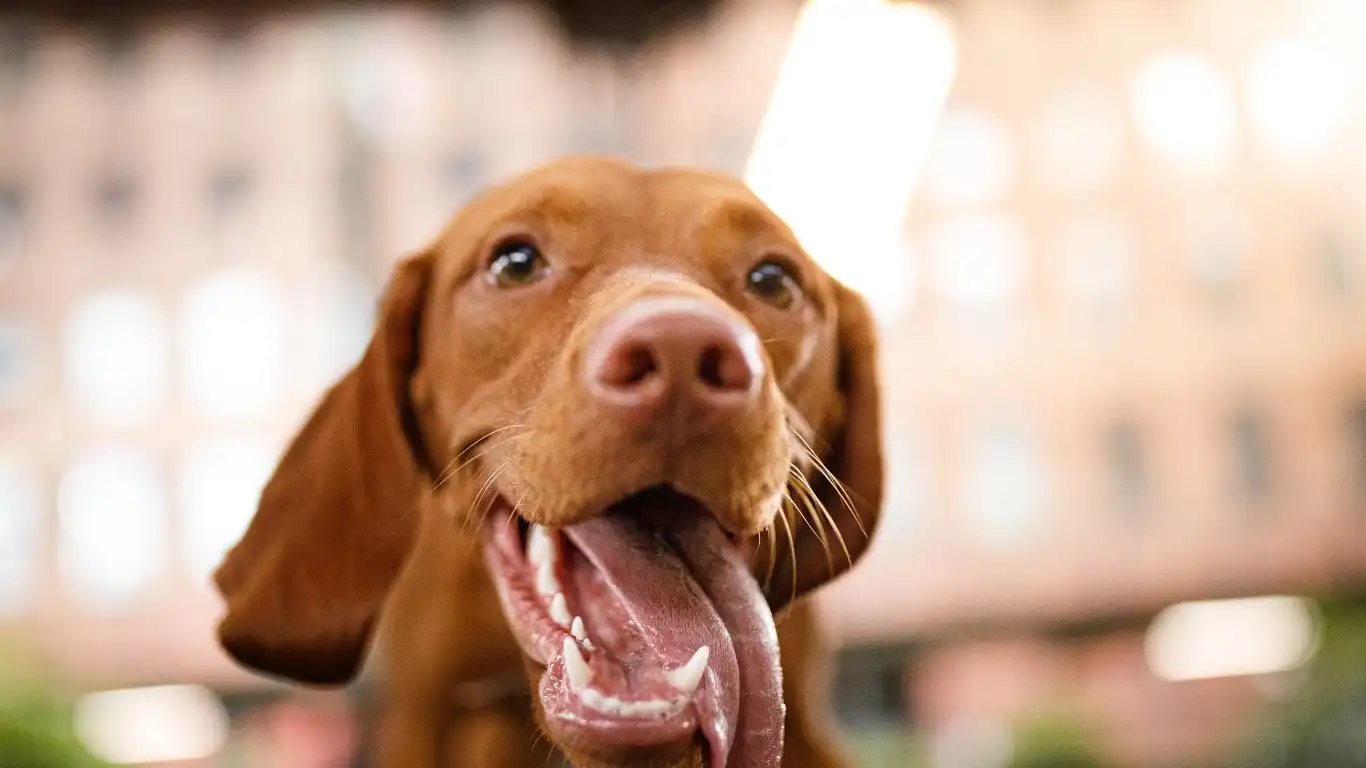
Alright, now that we’ve laid the groundwork and your pup is starting to feel more comfortable around the grooming setup, let’s get into the nitty-gritty—how to desensitize your dog to grooming tools individually. Every tool has its own vibe, sound, and sensation, and dogs can react wildly differently to each one. So, let’s break this down tool by tool. I’ll also throw in a few pro tips I’ve used over the years—straight from the vet tech trenches.
Brushes and Combs
This is usually the first tool most dog owners introduce, and also the easiest one to make into a positive experience—if you do it right. Start by choosing the right brush type for your dog’s coat. I’ve had way too many clients unknowingly using slicker brushes on short-haired dogs and wondering why their pup flinches every time.
- Let your dog sniff the brush first. Don’t dive straight in—build curiosity.
- Use soft strokes on safe zones like the back or sides before moving to sensitive areas like the belly or legs.
- Brush in short sessions while offering treats or verbal praise with every few strokes.
With my own dog, Luna—a slightly dramatic Golden Retriever—I used to pair brushing time with her favorite frozen banana slices. Now when she sees the brush, she actually wags her tail in anticipation. Total 180!
Nail Clippers and Grinders
This one’s a biggie. I don’t know a single vet tech who hasn’t had a dog flip out during a nail trim. Clippers can pinch, and grinders make this weird high-pitched buzz that freaks dogs out if they’re not used to it. But it doesn’t have to be that way.
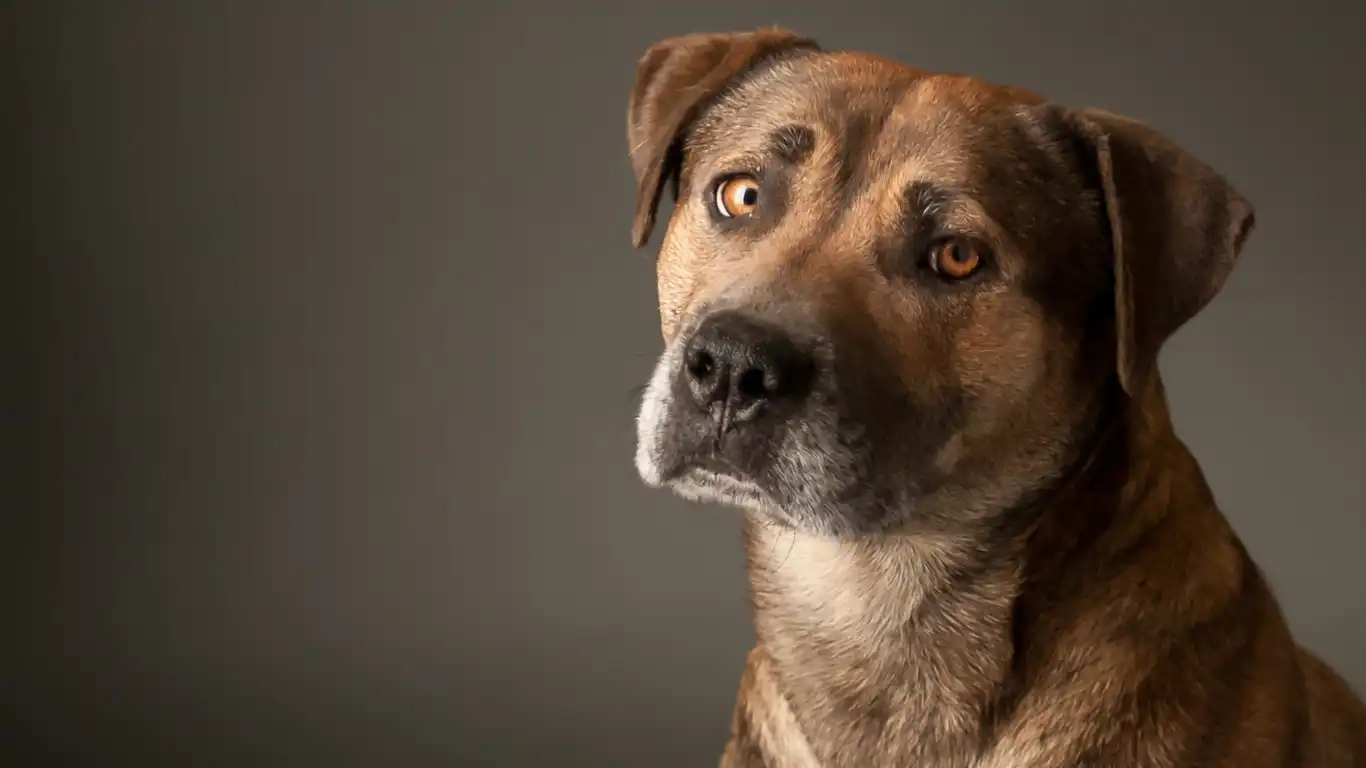
- Start with just showing your dog the tool and giving a treat.
- Turn the grinder on (if you’re using one) without touching your dog, and reward them for staying calm.
- Gradually introduce paw handling during calm moments—watch for signs of stress like lip licking or pulling away.
One trick that’s worked wonders: do paw massages at random times of the day. No tools, no pressure. Just touch their paws gently, so they get used to the sensation outside of grooming time. The more neutral or positive those moments feel, the easier actual nail trims become.
Handling the “Uh-Oh” Moments
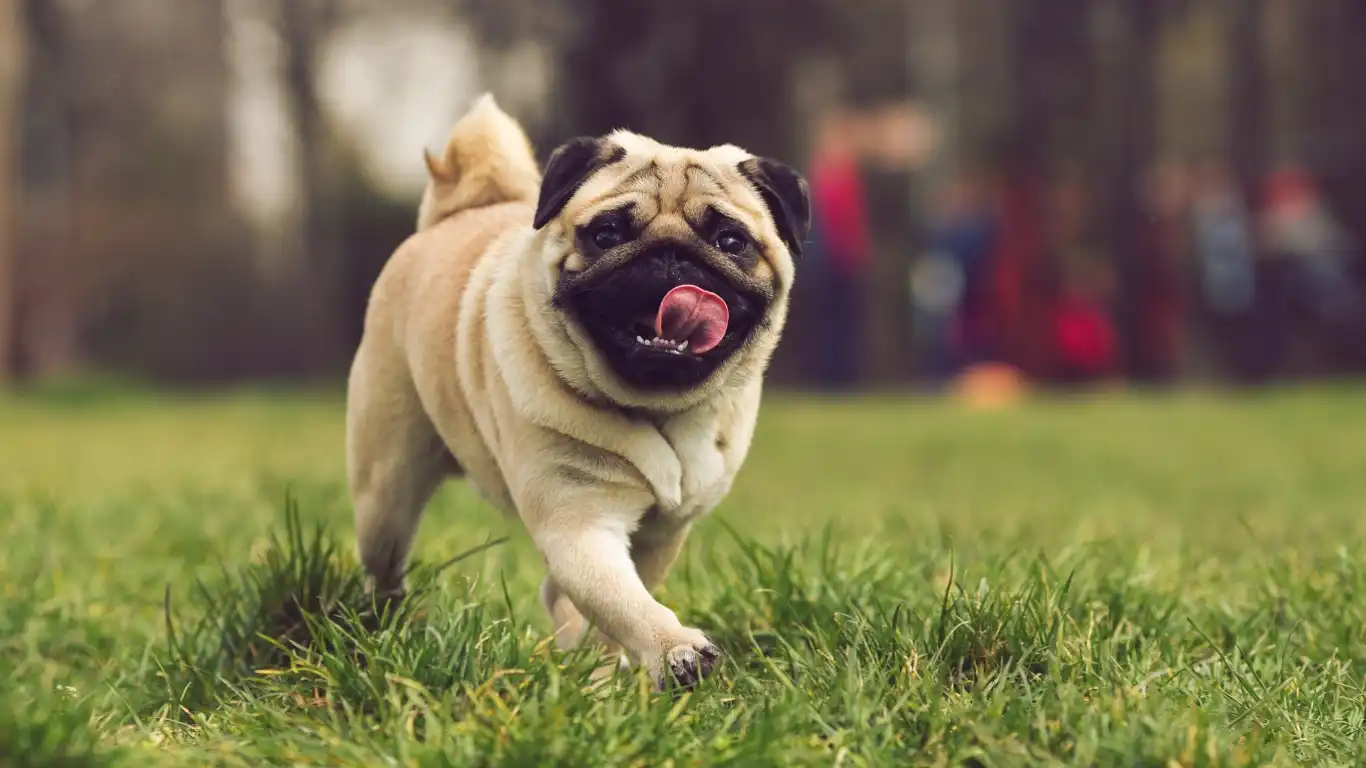
When Your Dog Gets Spooked
Even if you’re doing everything right, there might be moments when your dog says “nope” and walks away—or worse, growls or snaps. This doesn’t mean you’ve failed. It means your dog’s trying to communicate, and it’s our job to listen.
- Stop the session immediately if your dog gets too stressed.
- Don’t punish fear responses—it’ll only increase anxiety next time.
- Take a break, go back to basic handling or playtime, and try again later.
I remember working with a senior Beagle in a clinical setting—sweet old guy, but absolutely terrified of ear cleanings. Turns out, he had an undiagnosed ear infection. Always rule out pain as a possible cause when your dog suddenly resists grooming. That’s where veterinary knowledge and observation come into play. Don’t overlook behavior changes.
Consistency Over Intensity
Here’s the golden rule I tell every pet parent: regular, low-stress exposure beats long, forced grooming sessions every single time. You don’t need to tackle everything in one go. In fact, you shouldn’t. Small, consistent wins build up your dog’s confidence over time.
Make grooming a part of everyday life, not just a monthly battle. Leave a brush out during cuddle time. Let your dog sniff the nail grinder while you’re watching TV. Normalize the tools as much as possible—and always pair them with something positive.
Building Trust That Lasts a Lifetime
Make Grooming a Routine, Not a Surprise
Dogs thrive on routine. Just like they know when it’s dinner time or walk time, they can learn when it’s grooming time—if it’s consistent and positive. Pick a day or time that works for both of you and stick to it. Trust builds through repetition and predictability.
I often advise clients to make a grooming calendar. Not just for themselves, but for their dog’s sake too. A quick brushing every other day, nail check once a week, ear inspection during playtime—it all adds up. And when grooming isn’t some big, scary event, dogs don’t brace themselves for impact every time you walk in with a brush.
Up next, we’ll be diving into even more practical tips to help you take things further, especially if your dog has a past that makes grooming especially tough. But for now, you’ve got a solid foundation. And honestly? That’s the hardest part.
Advanced Tips for Dogs Who Need Extra TLC During Grooming
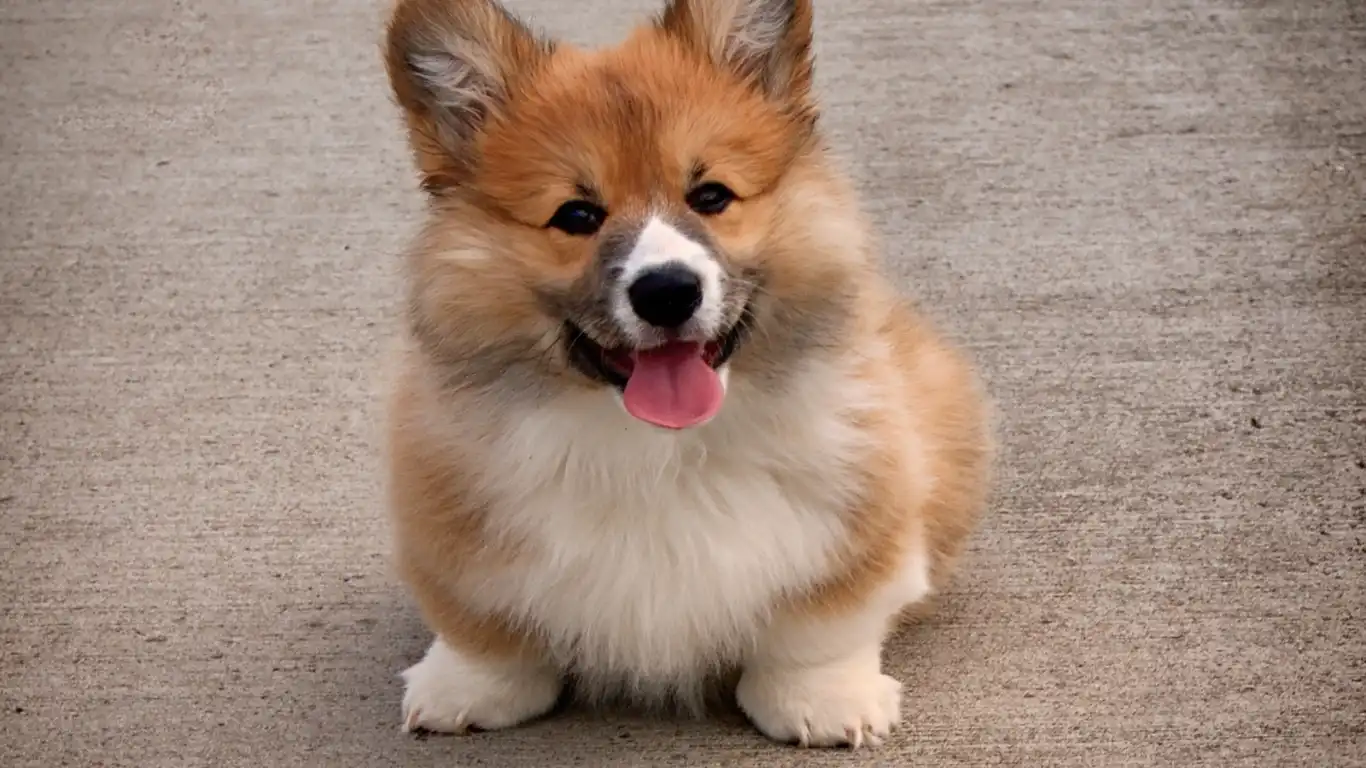
So, you’ve made great progress introducing your dog to grooming tools, and things are generally going well. But what if your furry friend still gets anxious, maybe even borderline fearful? This is where a little extra care and some specialized techniques come into play. I’ve seen dogs who’d been through tough pasts or had sensitive skin really benefit from these thoughtful approaches.
Use Calm, Reassuring Body Language
Dogs are incredibly sensitive to our energy. If you’re stressed or rushing, they’ll pick up on it—fast. When you’re grooming, try to keep your movements slow and gentle. I like to think of it as a little dance between you and your dog. Talk to them in a soft voice, maintain relaxed body posture, and always let them take little breaks if they seem overwhelmed. This can mean the difference between a meltdown and a calm grooming session.
Consider Professional Help Early On
There’s no shame in calling in a professional groomer or a certified behaviorist if your dog is particularly anxious or reactive. As a Veterinary Technician, I often collaborate with groomers who specialize in fearful or rescue dogs, and the results are amazing. They have tools, experience, and patience that can save you and your dog a lot of stress. Plus, some vets offer “fear-free” handling classes that are super helpful.
Incorporating Nutrition and Health into Grooming Comfort
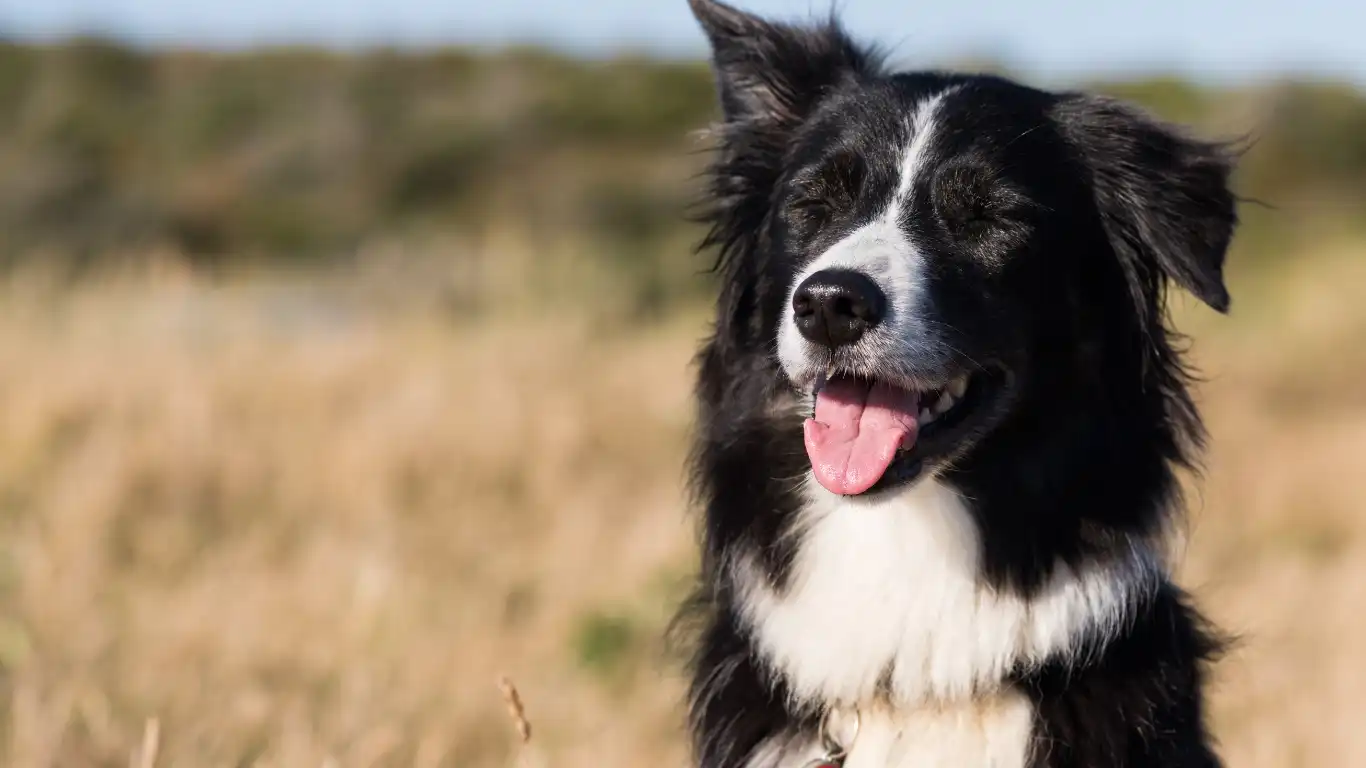
From my experience specializing in veterinary nutrition, I can’t stress enough how much a dog’s overall health influences their grooming tolerance. Skin issues, allergies, or joint pain can make grooming uncomfortable or even painful. If your dog resists brushing or nail trims, it’s a good idea to get a veterinary check-up to rule out underlying health problems.
Healthy Skin = Happy Grooming
Dogs with dry, itchy, or inflamed skin often react badly to brushing because it hurts. Feeding a balanced diet rich in omega fatty acids, or adding supplements after consulting your vet, can improve coat quality and reduce discomfort during grooming. In practice, I’ve seen clients’ dogs transform from “I hate the brush” to “Can we do this again?” once their skin health improved.
Joint Health and Comfort
Older dogs or those with arthritis may stiffen up or pull away when you try to move their paws for nail trims. Using gentle support techniques—like placing your dog on a soft surface, using calming massage, or even a short warm-up walk before grooming—can help ease their discomfort. Again, addressing joint health nutritionally or medically is crucial for a stress-free grooming routine.
Keep Learning and Adapting
Grooming is a skill, and like any skill, it takes time to master—both for you and your dog. Every pup is different, so staying observant and flexible with your approach is key. When I train new pet parents, I always encourage them to take notes on what works and what doesn’t, because those little insights can make future sessions smoother.
Also, don’t hesitate to switch up tools or techniques if your dog isn’t responding well. Sometimes a softer brush or quieter clipper can make all the difference. And always celebrate the wins, no matter how small. Positive reinforcement isn’t just for dogs—it keeps us motivated too!
Resources and Further Reading
- https://www.avma.org/ – American Veterinary Medical Association
- https://www.aspca.org/ – American Society for the Prevention of Cruelty to Animals
- https://www.akc.org/ – American Kennel Club
- https://www.petmd.com/ – PetMD
Disclaimer
This article is intended for informational purposes only and does not replace professional veterinary advice. Always consult with your veterinarian or a certified pet care professional before starting new grooming routines, especially if your dog has health issues or behavioral concerns.
